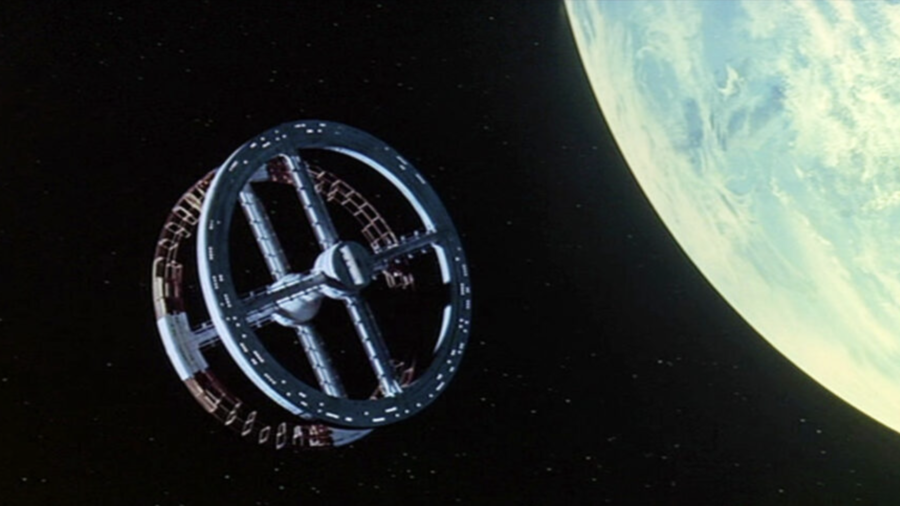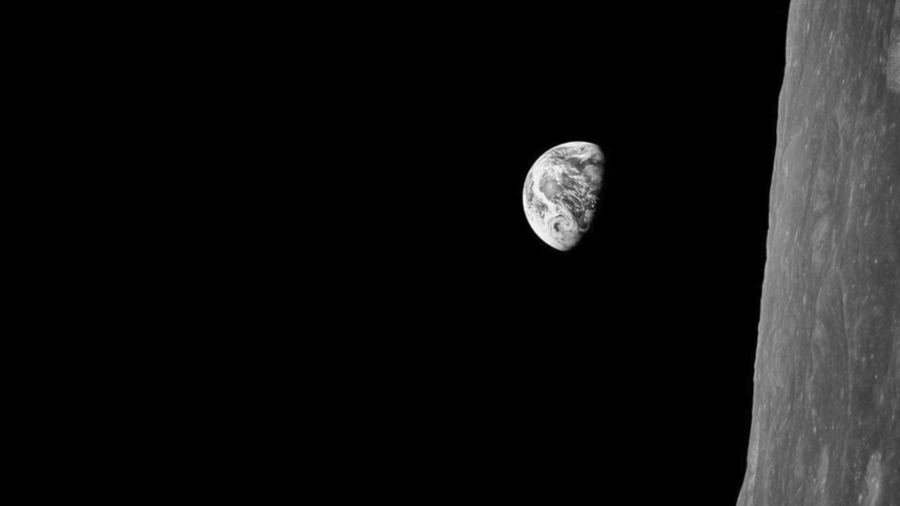The Pictures Shot Into Space To Explain Humans To Aliens

One of the reasons we like science fiction so much is that it is often inherently optimistic. That doesn’t mean its predictions are all rainbows and hovercars, but even at its most dystopian, sci-fi usually envisions a future where humanity, in some form, survives and carries on.
That’s an important viewpoint in a world that sometimes feels like it’s spiraling out of control. But let’s take the pessimistic view for a moment. What if we don’t make it? If humanity does someday meet its end, what should we leave behind to tell our story to any galactic neighbors who happen upon the remains of our civilization?
That was the question behind a gallery of images selected to represent our species by geographer/artist Trevor Paglen. The 100 images selected by Paglen were loaded onto a silicon disc, encased in a gold-plated shell, and then sent into space aboard the EchoStar XVI.
As you can imagine, it’s not easy to whittle all the possible images in the world down to 100 which succinctly tell any alien passersby about who we were, what we were like, what we accomplished, etc.

Not all the pictures send as clear a message as the Earth and Moon shot. Doubly so because Paglen chose not to include any captions with the images. Granted, even if aliens did find the disc, it’s not like they would be able to read our language, but theoretically they could use other archaeological evidence to try and translate, as we ourselves have done with ancient civilizations.
Still, the lack of captions irritated one person in particular: director Werner Herzog, who criticized that decision at a panel to discuss the project and the accompanying book, entitled The Last Pictures.
Referencing a picture of a Japanese-American internment camp that shows a smiling child, Herzog asked how these hypothetical alien explorers were supposed to interpret a picture like that without context?
If they matched it with other discoveries about us, would they come to the erroneous conclusion that the internment camps were like a happy summer camp? Hopefully, we’ll still be around so we can give the aliens a more recent travel brochure.
It’s likely a moot point anyway. Even Paglen admits that the likelihood of alien explorers finding the disc are remote at best. “In one sense it’s a deeply ridiculous project,” said Paglen. “Having said that, I thought it was a deeply ethical project.”
Other images in Paglen’s gallery included Melting glaciers and nuclear tests, along with Captain America and personal computers, meant to represent human civilization in all its forms. There were also environmental destruction and warfare to show some of the terrible aspects of humanity.
From an artistic perspective, gloved hands holding Leon Trotsky’s brain and “A Study in Perspective” by Ai Wei Wei, which shows the artist flipping the Eiffel Tower, the bird, was also in the mix.
This isn’t the first time we’ve put together a “human primer” for any passing aliens out there. We famously included two “Golden Records” aboard both of the Voyager probes. The Records included both images and sounds designed to represent life on our home planet.
The Last Pictures by Trevor Paglen was also turned into a companion book that goes through the images and the thought process as well.











